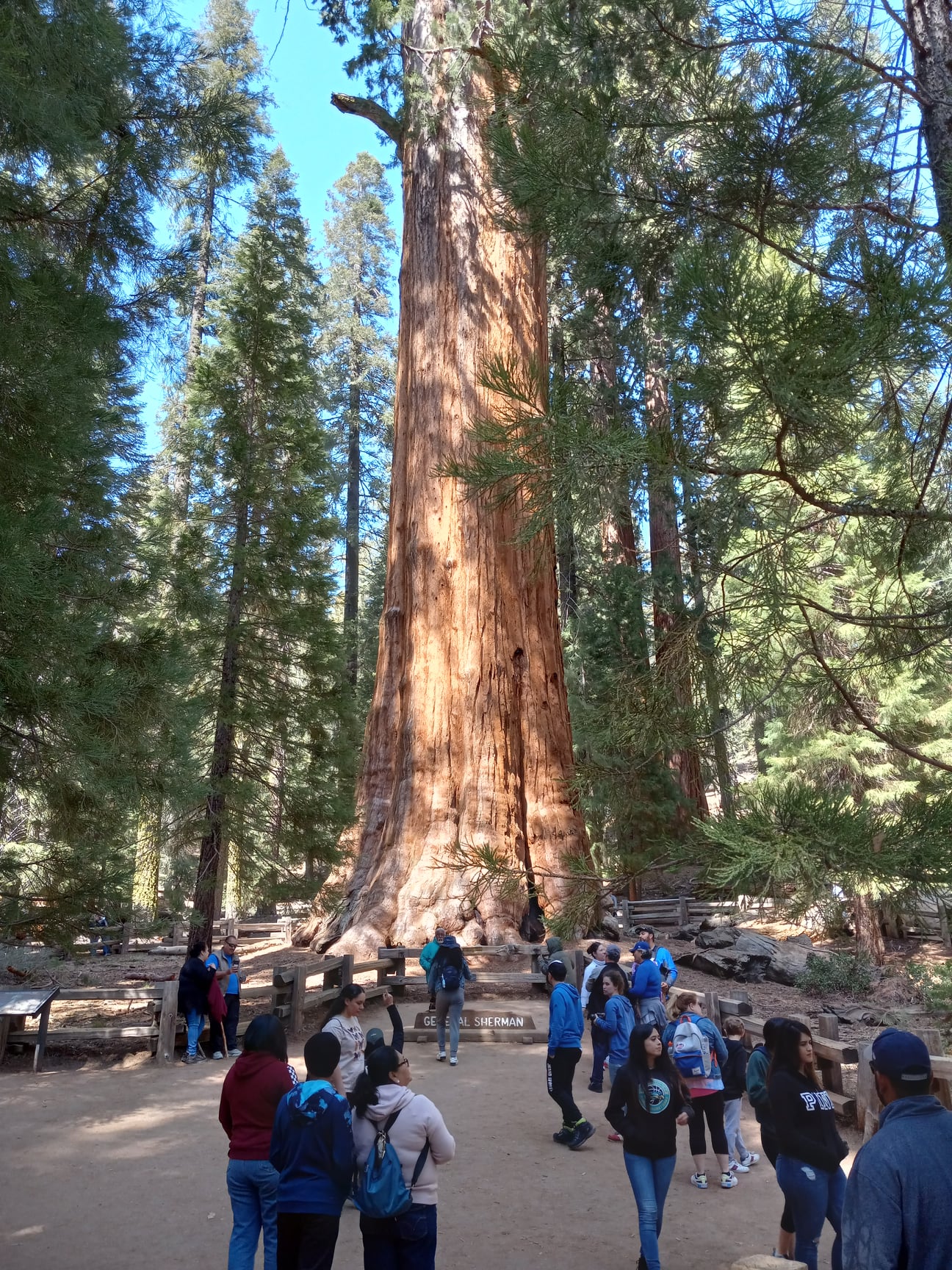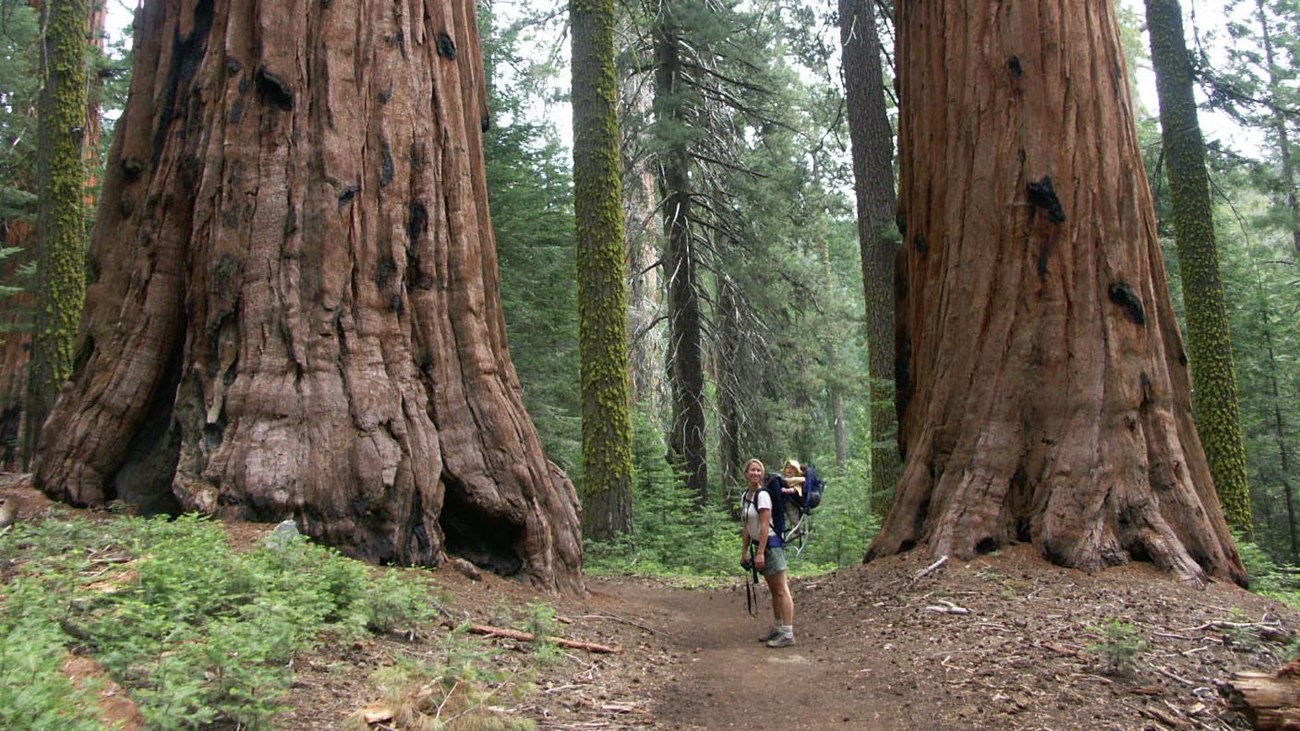Plan Your Visit to Sequoia National Park CA-- Whatever You Need to Know
Plan Your Visit to Sequoia National Park CA-- Whatever You Need to Know
Blog Article
Explore the Diverse Wild Animals Habitats Within Sequoia National Forest
Sequoia National Park is an eco-friendly prize, showcasing a remarkable selection of wildlife environments that contribute to its rich biodiversity. From the magnificent large sequoia woodlands to the diverse alpine meadows, each atmosphere plays a vital role in sustaining different species, consisting of both common and rare fauna.
Overview of Sequoia National Park
Sequoia National Park, nestled in the southerly Sierra Nevada chain of mountains of California, is renowned for its breathtaking landscapes and towering huge sequoias. Established in 1890, it is one of the earliest national forests in the United States, committed to preserving the all-natural beauty and ecological stability of this special region. The park encompasses over 404,000 acres of diverse surface, featuring stunning hills, deep canyons, and lush meadows.

Site visitors can check out many hiking routes, ranging from leisurely walks to challenging backcountry routes, each providing an one-of-a-kind viewpoint of the park's splendour. With its mix of natural marvels and leisure chances, Sequoia National forest acts as a vital haven for both wild animals and those seeking to attach with nature.

Significant Wildlife Habitats
The diverse landscapes of Sequoia National forest develop a mosaic of wildlife environments that sustain a rich selection of varieties. These habitats vary from lush fields and dense woodlands to rocky alpine zones and large river valleys, each offering one-of-a-kind ecological particular niches.
One popular environment is the large sequoia forest, characterized by towering trees and an abundant understory, which sustains different animals, birds, and bugs. The blended conifer forests, made up of varieties such as sugar yearn and white fir, offer additional shelter and food sources for wildlife.
Meadows and meadows play a crucial function in the park's ecosystems, working as important foraging grounds for herbivores like deer and small creatures. These open areas likewise attract diverse bird types, particularly during migration seasons.
The park's greater elevations feature towering environments, where conditions are rough and varieties are adjusted to survive in such extremes (Sequoia National Park hour). Right here, one can locate one-of-a-kind flora and animals that grow in rough, chilly settings
Flora and Fauna Variety
Within the varied environments of Sequoia National Park, an exceptional selection of plants and animals coexists, showcasing the detailed partnerships that maintain the park's biodiversity. The park is home to over 1,300 plant varieties, consisting of the iconic large sequoias, which are amongst the biggest and oldest trees on Planet. These magnificent trees offer crucial environment and food resources for different wild animals, fostering a complicated internet of ecological interactions.
Pet types in Sequoia National Park are equally varied, with habitats ranging from lowland foothills to high towering atmospheres. Mammals such as black bears, mule deer, and bobcats prosper in this abundant community, while bird varieties, consisting of the marvelous golden eagle and the elusive seen owl, grace the skies. Amphibians and reptiles, like the Sierra newt and the western rattlesnake, likewise play crucial roles in maintaining ecological balance.
The park's special mix of altitude gradients and microclimates supports these different varieties, highlighting the value of protecting the natural habitats that permit view it such an abundant tapestry of life to flourish. Comprehending this variety is critical for valuing the ecological importance of Sequoia National forest.
Preservation Initiatives in the Park
Conservation efforts in Sequoia National Park play a crucial role in safeguarding its distinct ecosystems and the varied varieties that populate them. The park employs a diverse strategy, including environment restoration, types monitoring, and invasive varieties administration. These campaigns are crucial for maintaining the delicate balance of the park's ecosystems, which consist of gigantic sequoias, meadows, and towering environments.
Active reconstruction jobs concentrate on restoring indigenous plant areas and fixing up degraded habitats. Sequoia National Park hour. This is specifically essential in areas affected by human activity or all-natural disruptions such as wildfires. The park's biologists perform regular tracking of crucial types, including the threatened Sierra Nevada bighorn lamb, to examine population health and wellness and notify monitoring approaches
Invasive varieties posture a substantial risk to the park's biodiversity. Via these thorough efforts, Sequoia National Park aims to secure its rich natural heritage for future generations while ensuring the strength of its varied wildlife habitats.
Tips for Wildlife Monitoring
Observing wild animals in Sequoia National forest provides an one-of-a-kind possibility to attach with nature and value the diverse varieties that grow in this impressive habitat. To maximize your wildlife observation experience, take into consideration numerous essential suggestions.
Firstly, strategy your visit during early morning or late mid-day, as these times are most energetic for lots of animals. Bring binoculars to observe wild animals from a risk-free range without disrupting their natural behavior. In addition, acquaint on your own with the varieties you wish to see; understanding their habits and environments can improve your possibilities of spotting them.
Persistence is important; wildlife monitoring often needs waiting silently and understanding your surroundings. Remain on marked routes to decrease your effect on the ecological community and guarantee your safety and security. It is additionally advisable to maintain a respectful range from animals, avoiding any type of actions that could stress them or disrupt their setting.
Finally, think about signing up with directed tours led by experienced park rangers. These professionals can offer useful understandings and enhance your chances of seeing wild animals in their all-natural setups. By complying with these tips, you can enhance your experience and contribute to the conservation of Sequoia's wildlife.

Final Thought
Sequoia National Park offers as a crucial refuge for varied wild animals, showcasing an exceptional array of habitats that support numerous species. Ultimately, the park's biodiversity emphasizes the relevance of maintaining such all-natural landscapes for future generations.
Please visit one of our local supporters - Wholesale Liquidation Pallet Handbags In Bulk
Report this page